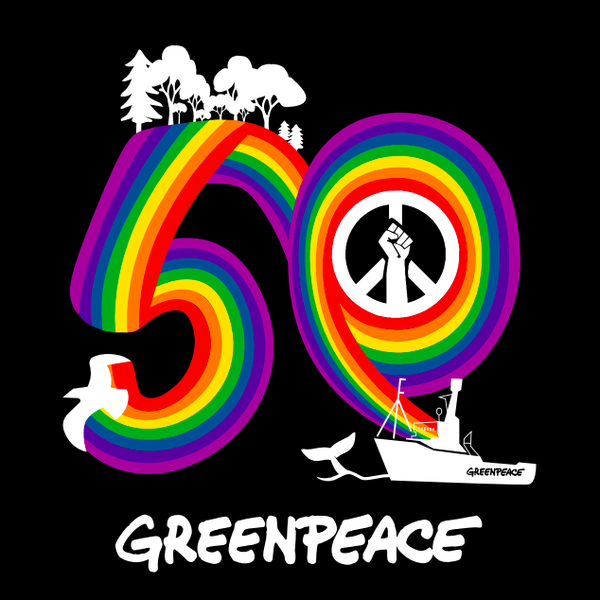Every change in the tide begins with a ripple. Fifty years ago, in September 1971, an ad-hoc group of environmentalists called the Don’t Make a Wave Committee assembled with one goal: stopping US nuclear testing off the west coast of Alaska. Planning to put themselves in the path of a bomb, they set sail on a leaky fishing boat towards the island of Amchitka. Little did they know then, the voyage would set in motion a wave that would continue to gain momentum for decades to come. The name of the ship? Greenpeace.

The crew of twelve didn’t make it to the nuclear test zone before being intercepted by US military vessels, but the story of their bravery in the name of protecting peace and ecology spread through the nation. Their efforts were not in vain; the US government ended nuclear testing in Amchitka the following year, and it is now a protected wildlife reserve. From the wake of one ship, an organization evolved that today has tens of millions of volunteers and supporters in the global movement to protect our environment.
Over the last five decades, the focus and priorities of Greenpeace have shifted significantly. Originally an anti-nuclear organization, they have also contributed to fighting commercial whaling, stopping toxic waste dumping, and protecting Antarctica as an ocean sanctuary. Often, this has been achieved through attention-grabbing demonstrations in line with the intention of their maiden voyage. Such protests, although peaceful, are risky; many Greenpeace activists have been detained around the world, and one of their ships was even bombed by the French secret service. But just as the founding members recognized in 1971, sometimes all you need to have a significant impact is a story that captures public interest and imagination. Direct action is not the only tool to effect change, but it can make powerful waves.
More recently, the increasing urgency of the climate crisis has pushed the issue to the fore. In addition to its highly visible strategy of protest, Greenpeace now engages with policymakers and politicians to voice the concerns of the underrepresented and advocate for stronger measures against climate change. Greenpeace will send representatives to the upcoming UN Climate Summit, COP26, taking place from October 31 to November 12 in Glasgow, Scotland. Attendance of grassroots activists at such conferences is key to ensuring sufficient and equitable policy decisions.

Greenpeace's endurance for 50 years can be attributed to its commitment to its original philosophies and principles. At the core has always been preserving of the planet, being witness to environmental crimes, and challenging those who do not protect nature. The organization has never accepted any donations from corporations or governments to avoid corruption; they remain affiliated to the entire Earth, not to any one nation.
Greenpeace’s International Executive Director, Jennifer Morgan, said in its 50th anniversary statement: “Greenpeace’s story is one of hope in action. It’s a story of people power, of ordinary people doing extraordinary things. It’s a 50-year story that demonstrates that together we can force radical change, we can do what at first might seem impossible. Now, more than ever, we need to stand together in defense of nature, which nurtures and sustains us. The millions must become billions before it’s too late.” We can hope that Greenpeace’s waves continue to grow for another 50 years and beyond. Advocacy for our planet is more important now than ever before.

